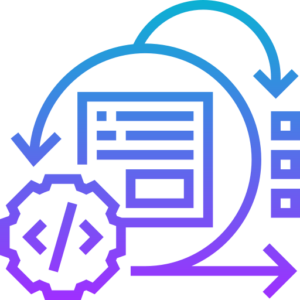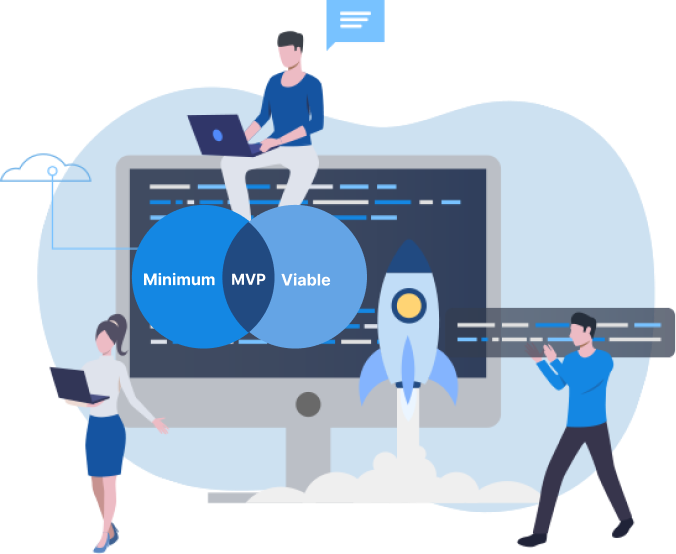Developing the best Minimum Viable Product (MVP) requires a well-thought-out strategy and careful execution. Here are the steps to develop a successful MVP

Define Your Goal and Purpose
Clearly define the problem you want to solve or the opportunity you want to seize. Set specific goals and objectives for your MVP. What do you want to learn or achieve with it?
Market Research
Understand your target audience, their pain points, and preferences. Research your competitors to identify gaps and opportunities. Validate your idea by talking to potential customers and gathering feedback.


Prioritize Features
List all the features you think your product needs. Prioritize these features based on what’s essential for your MVP and what can be added later. Focus on the core functionality that addresses the primary problem.
Design User Flows and Prototypes
Create user stories and user flows to map out how users will interact with your product. Develop wireframes or prototypes to visualize the user experience. Test these designs with potential users to gather early feedback.


Build a Minimum Viable Product
Develop the minimum set of features that make your product functional and usable. Use agile development methodologies to iterate quickly and make improvements based on user feedback.
Test and Iterate
Launch your MVP to a small group of users or a closed beta. Collect user feedback and data on how users are using your product. Continuously iterate and make improvements based on this feedback.


Measure Key Metrics
Define key performance indicators (KPIs) that align with your MVP’s objectives. Continuously monitor and analyze these metrics to track your MVP’s success.
Gather User Feedback
Implement feedback loops to capture user suggestions and concerns. Use surveys, feedback forms, and direct communication to understand user needs.


Refine and Expand
Based on user feedback and data, refine your MVP to make it more robust and user-friendly. Gradually add additional features and functionalities as you validate their value.
Prepare for Scaling
Once you have validated your MVP and refined it, prepare for scaling by optimizing infrastructure, processes, and resources.


Marketing and Launch
Develop a marketing strategy to promote your MVP to a broader audience. Plan a launch that creates buzz and interest in your product.
Collect and Analyze Data
Continue to gather data and analyze user behavior. Use this data to make informed decisions about further development and expansion.


Build a Roadmap
Create a product roadmap that outlines your long-term vision and how your MVP will evolve.
Stay Agile
Maintain an agile mindset, be open to changes, and adapt as you learn more about your users and the market.

Conclusion
The best way to reach investors is to create MVP software, meaning their creators are genuinely motivated to elaborate on a product. Even when no additional investments are necessary, creating an MVP allows developers to prove the concept and mitigate risks. That’s why SyanSoft offers a full range of MVP software development services to kickstart your idea and help it evolve into a full-scale product. Contact us, and we will turn your concept into a functioning marketable MVP.
